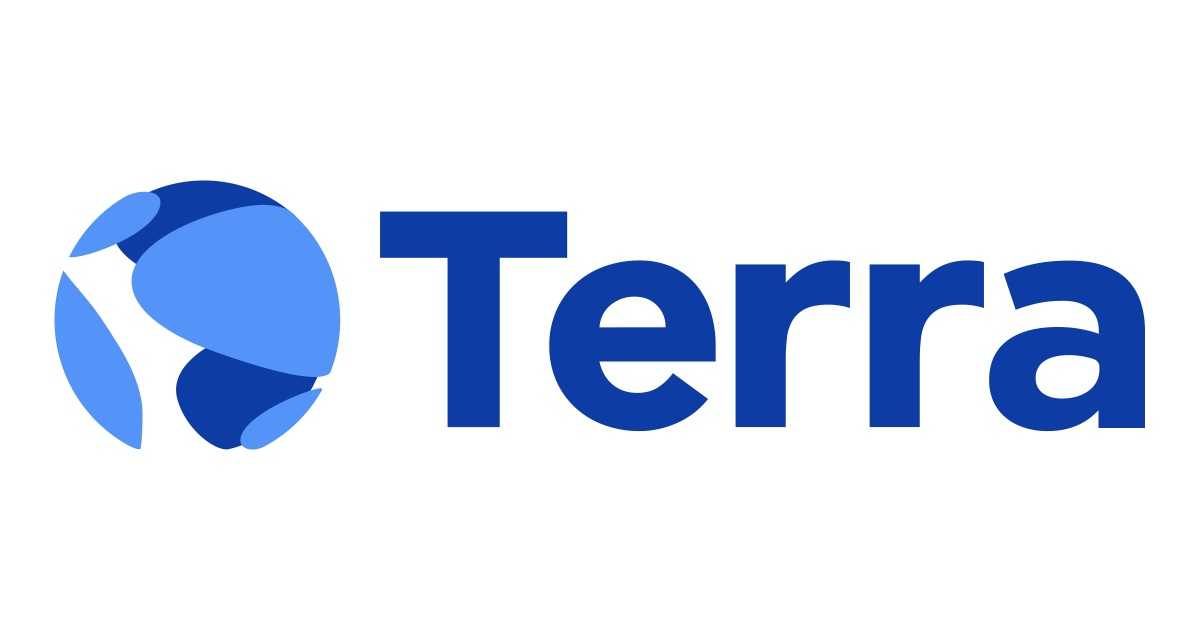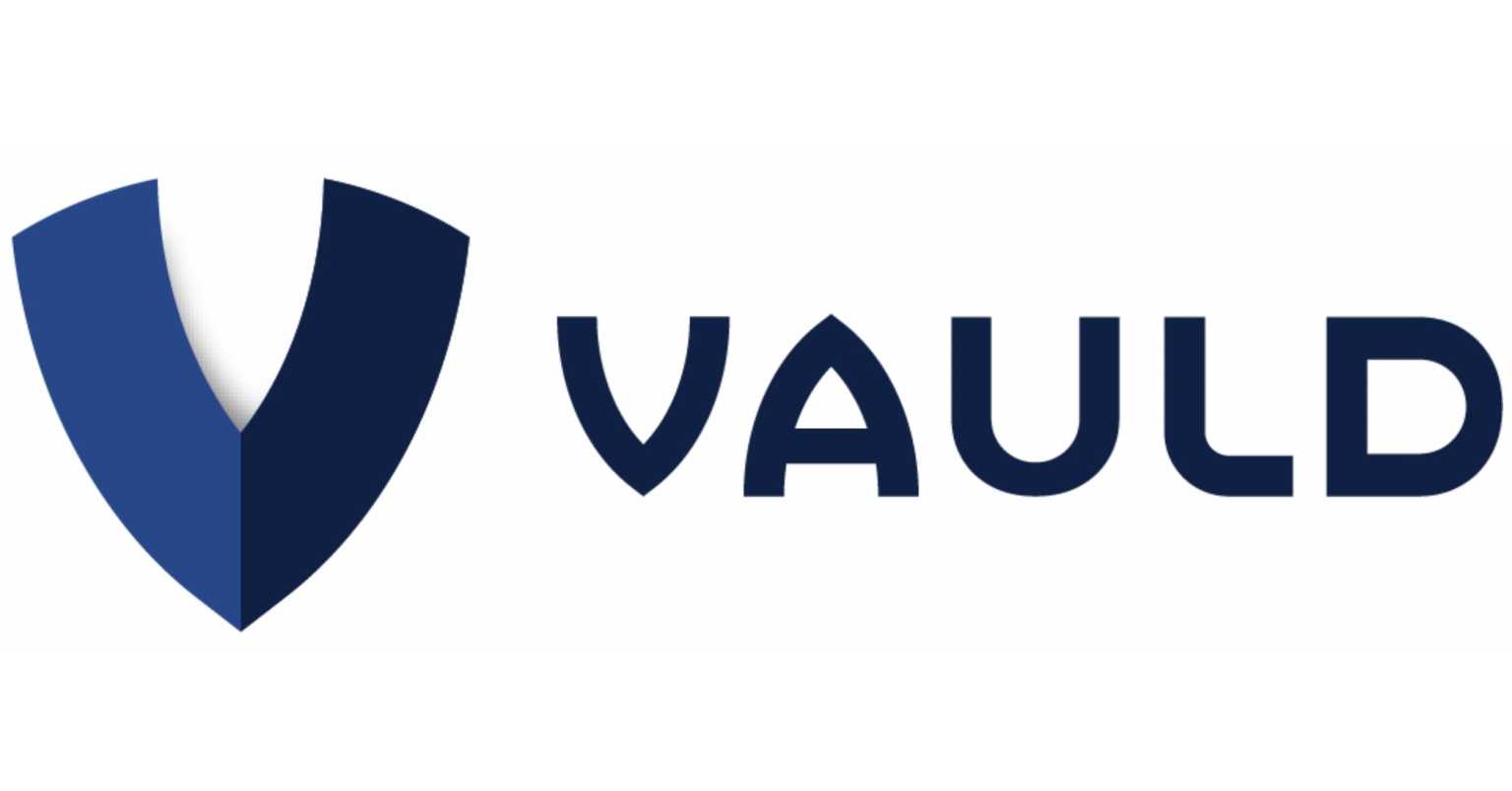Speaking at the Point Zero Forum in Zurich last month, Ravi Menon, Managing Director of the Monetary Authority of Singapore (MAS), called the developing crises a “bloodbath” and many would agree — the big stories in the crypto space are all focused on the spectacular destruction that has been wrought on investors and companies.
It’s not just companies that speculated on crypto prices and lost their bets that have been hit. In fact, the entire ecosystem seems to be in free fall. So two months in, which unfortunate companies have become the casualties?
1. Terraform Labs

To say that the crypto winter began here would not be entirely wrong. Terraform Labs’ tokens were the first to crash, and many companies that had bought into Terraform Labs’ tokens were hard hit by the crash.
The tokens in question were the Terra UST token, which was supposed to maintain a value of 1 UST to 1 USD at all times. In turn, the entire supply of UST was supposed to be fully collateralised by another token by Terraform Labs, called Luna.
But when the UST peg came under suspicion, mass selloffs of both tokens occurred, and the values of both tokens crashed to almost zero overnight.
Terraform Labs founder, Do Kwon, apologised to his followers, but it was too late. Most had lost significant amounts of money, and there were even a few reported cases of suicide in Korea and Taiwan.
While Terraform Labs has since launched a new Luna 2.0 token — completely divorced from the now worthless Luna Classic token — the damage has been done. Anyone who held the old Luna tokens had suffered losses, and the new tokens did not match the values of the old tokens.
2. Celsius

Prior to the Luna crash, Celsius stood among the giants of the DeFi world. It operated as a crypto lender, and was known for having huge stakes in Luna. When the price of Luna crashed, Celsius was within the blast radius.
Celsius had promised depositors up to 17 per cent per annum interest, and to achieve this, they deposited funds into the anchor protocol on Luna, which offered up to 20 per cent interest.
So when the prices of Luna crashed, it brought Celsius down with it. The platform was forced to halt withdrawals, and the next day, told debtors to top up their collateral or be liquidated.
Currently, company executives are fighting to keep the company afloat and avoid liquidation. To that end, the company has been selling off its assets in an attempt to free up capital that it has placed as collateral.
The latest of these repayments occurred as recently as July 14, as Celsius repaid around US$50 million of its debt.
But even these moves have not been sufficient, and Celsius filed for bankruptcy this week.
3. Three Arrows Capital

Founded by former Credit Suisse bankers Kyle Davies and Zhu Su, Three Arrows Capital was a cryptocurrency hedge fund based in Singapore.
The firm was apparently managing over US$3 billion in assets before it was ordered into liquidation late last month. MAS also later censured the company for providing false information and for managing more capital than it was allowed to.
Founder Zhu Su is himself a billionaire, and has granted an option to buy a Good Class Bungalow in Bukit Timah in December last year, though it’s now up for sale.
The founders have reportedly fled and are in hiding, and a federal judge in a New York Bankruptcy court has granted joint liquidators Teneo the power to subpoena the founders.
Zhu Su, on his part, has revealed that the founders and their families were receiving “threats of physical violence”. In a tweet, he expressed disappointment that the founders’ “good faith to cooperate with the liquidators was met with baiting”.
The company was also known for holding a substantial amount of Luna tokens, and co-founder Kyle Davies had previously stated that the company had invested over US$200 million in LUNA tokens, and this took a heavy hit when the price of LUNA collapsed in May.
4. Crypto.com

Crypto.com is one of the few companies that have obtained in-principle approval from the MAS for the coveted Major Payment Institution Licence. The company serves more than 50 million customers, and is touted to be the world’s fastest growing global cryptocurrency platform.
However, the crypto lending platform announced last month that it would be reducing its headcount by about 20 per cent globally, totalling about 260 staff.
According to its CEO Kris Marszalek, the decision was “difficult and necessary” in order to optimise for profitability and sustainable growth during a market downturn.
Recently, the company has also been rumoured to be slowing down withdrawals and running special deposit promotions presumably to bring in new money and limit withdrawals, though Marszalek has denied that these rumours hold water.
“Our withdrawals policy is the same as it always was, we didn’t implement any new restrictions. We run no special deposit promotions and we make sure all regular ones that we do run are profitable,” he tweeted.
5. Bybit

Cryptocurrency exchange Bybit was also not spared from the crypto bear market, and according to an internal email by Ben Zhou, co-founder and CEO of Bybit, the firm has plans to lay off up to 30 per cent of its workforce.
In an internal email, Zhou admitted that operational efficiency has gotten worse despite the company’s growing size, and that internal efficiency remained the biggest issue within Bybit.
As such, the layoffs were intended to help the company by removing overlapping functions and building smaller, but more agile teams to improve the company’s efficiency. He called the move “one of the toughest decisions I have ever had to make in my life”.
The Dubai-based exchange claims more than five million users a month and a presence in 160 countries.
6. Vauld

Earlier this month, Singapore-based crypto lending and trading platform Vauld announced that it would suspend withdrawals and trading and seek new investors.
In a blog post, Vauld CEO Darshan Bhatija explained that the company was facing “financial challenges”, and that the company had seen significant amounts of customer withdrawals.
The company has also appointed legal and financial advisors, and expressed that it would like to apply for a moratorium on any proceedings against it in order to restructure.
Vauld has also been confirmed to be in talks with Nexo to discuss a potential acquisition by Nexo, and has promised existing customers that their deposits will continue to earn interest on their holdings.
In addition, Bhatija has also stated that if the acquisition does not go through, the company has a plan that includes “raising more venture capital, exploring alternatives to a complete acquisition, wait(ing) for some of our deployed capital to be returned, the possibility of converting debt to equity, issuing our own token and/or developing a payment plan tied to future revenue”.
Bhatija has blamed the state the Vauld is in on its exposure to the TerraUST crash, as well as the fall in prices of key cryptocurrencies like Bitcoin and Ethereum. The company has also stated that it has assets worth around US$330 million and liabilities of nearly US$400 million.
7. Voyager

As a crypto lending and trading platform, Voyager was also hard hit by the chain reaction that the Luna crash had started.
At its height, the platform claimed around 3.5 million users and US$5.9 billion in assets.
However, Voyager made significant unsecured loans to Three Arrows Capital, and when Three Arrows Capital defaulted on these loans, Voyager was left high and dry. The amounts that Voyager claimed were 15,250 Bitcoin, worth around US$294 million, and 350 million USDC.
In response, Voyager was forced to freeze customer funds on July 1, and just a few days later, it filed for bankruptcy protection in New York.
Despite this, Voyager CEO Steve Erhlich stated that he has “a viable business and a plan for the future”, indicating that he still believes in the future of the company.
The company has also announced a restructuring plan that compensates users with Voyager equity and Voyager tokens, and promised that customers will get their say in how Voyager finally reorganises the company’s debts.
8. CoinFLEX

A week after Celsius froze user withdrawals, CoinFLEX followed suit, also citing “extreme market conditions” for the move.
The crypto exchange was apparently also under stress as one of its major counterparties also failed to repay debts. This counterparty was later revealed by CoinFLEX CEO Mark Lamb to be a prominent crypto investor known as Roger Ver, though Ver has denied the accusations.
According to CoinFLEX, Ver had an outstanding debt of US$84 million, and the company has entered legal proceedings in order to recover the amount.
CoinFLEX has fared better than some of the other exchanges, however. The company has since announced that withdrawals will be allowed again, with some limitations, through a new ‘Locked Funds Plan’.
The company has also issued a token called Recovery Value USD, with a 20 per cent interest rate for holding the virtual currency.
9. Babel Finance

Babel was a crypto lending and trading service based in Hong Kong, and boasts Sequoia Capital China and Dragonfly Capital as its investors. Their focus was on institutional clients, and Babel limited itself to dealing in Bitcoin, Ethereum, and stablecoins.
The company had raised US$80 million in a Series B funding round, at a valuation of US$2 billion, in May this year.
However, the onset of crypto winter and investor panic forced the company to suspend withdrawals and redemption of crypto assets in June, as the company attempted to pay clients.
Babel announced that they were taking steps to alleviate the company’s liquidity situation, including initiating communication with potential investors to obtain liquidity support, though there has been no update thus far.
During the crisis, company employees left en masse, in a mixture of firings and voluntary resignations. Among those leaving the company were Yulong Liu, head of partnership at Babel for nearly three years, and communications director Jacynth Wang.
Babel had also previously lost branding lead Yiwei Wang, who had left voluntarily in April.
10. Coinbase

Cryptocurrency exchange Coinbase has announced plans to lay off 18 per cent of its workforce, around 1,100 employees, in an attempt to cut costs. It had previously announced and later extended a hiring freeze, and rescind some employment offers.
Coinbase has also recently come under fire from customers who are unable to withdraw money from the exchange, though the company has not announced that withdrawals are halted.
Instead, Coinbase released a statement that they are investigating the issue, and that the company is in contact with their payment processing partner.
With crypto winter wreaking havoc among investors and companies, it should come as no surprise that some of these big names have come close to collapse, though some more so than others.
Only time will tell which companies will weather the storm, but if the contagion that has gripped the crypto ecosystem continues to spread, the future for these companies and the wider ecosystem, looks considerably grim.



